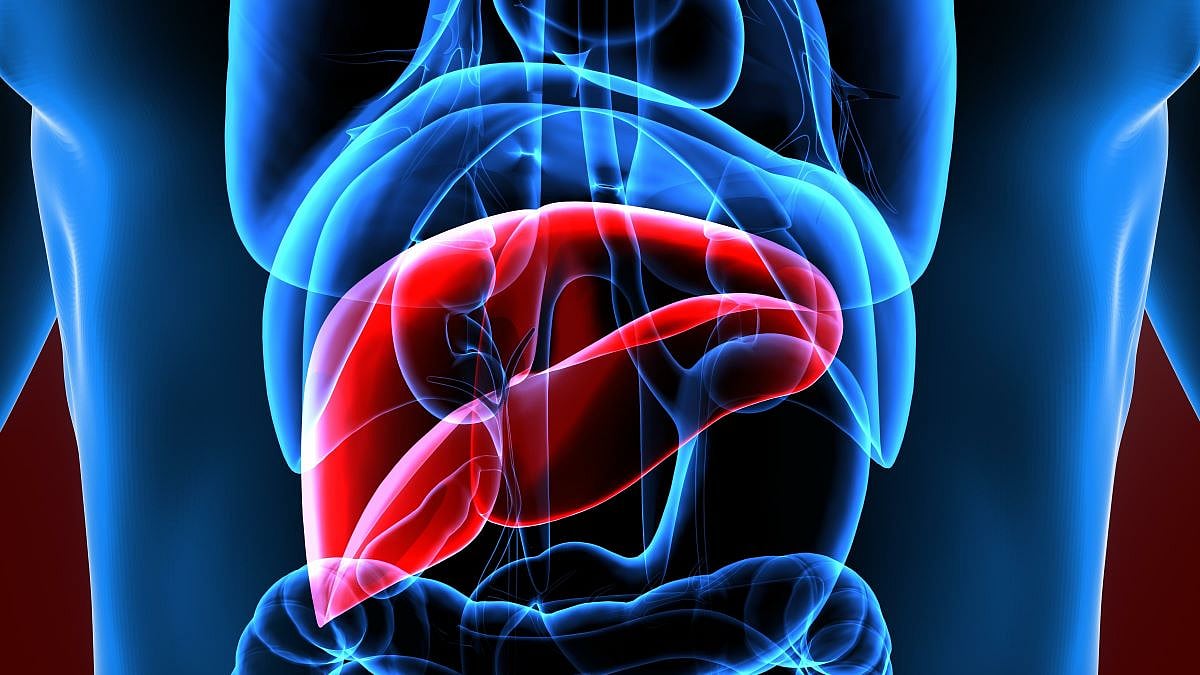(330) 876-1228
8507 Main StreetKinsman, OH 44428
(330) 876-1229

Cirrhosis, hepatitis infection and other causes can trigger liver fibrosis -- a potentially lethal stiffening of tissue that, once begun, is irreversible.
For many patients, a liver transplant is their only hope.
However, research at Cedars-Sinai in Los Angeles may offer patients a glimmer of hope. Scientists there say they've successfully reversed liver fibrosis in mice.
Reporting recently in the journal Nature Communications, the team say they've discovered a genetic pathway that, if blocked, might bring fibrosis to a halt.
The three genes involved in this fibrotic process are called FOXM1, MAT2A and MAT2B.
“What we achieved was to unveil the axis of FOXM1, MAT2A and MAT2B as a potential target for developing drugs to treat liver fibrosis,” said study senior author Dr. Shelly Lu, who directs gastroenterology and hepatology at Cedars-Sinai. “Our findings suggest that blocking any of these [gene-produced] proteins might be useful in treating this condition.”
The research is still in its early stages, of course, and results in animal don't always pan out in humans.
But Dr. Peter Chen, chair of the Cedars-Sinai Department of Medicine, said insights from the study hold real promise.
“This highly original study significantly advances our understanding of an insidious condition that too often leaves patients and doctors with few treatment options," he said in a Cedars Sinai news release. Chen wasn't involved in the study.
The research team set their sights on the three genes.
One, FOXM1, is present in liver cells called hepatocytes and can trigger liver cancer, inflammation and fibrosis if it becomes overactive.
The two other genes, MAT2A and MAT2B, are active within a second kind of liver cell called stellate cells, which also play a role in fibrosis.
All three genes "code" for different proteins necessary for the fibrotic process, the scientists explained.
“We discovered that these proteins ‘talk’ with each other inside liver cells,” Lu said in the Cedars news release. “They even influence nearby cells through extracellular vesicles -- fat molecules filled with genetic fragments, proteins and other biological materials that act as messengers between cells. Working together, that is how these proteins stimulate each other, driving liver inflammation and fibrosis.”
What if production of even one of the proteins produced by the genetic trio was interrupted?
To find out, Lu's group first induced liver inflammation and fibrosis in lab mice.
They then treated those mice with a substance known as FDI-6 that blocks the protein produced by the FOXM1 gene.
The result was impressive: Not only did this therapy put a halt to further fibrosis, it seemed to reverse some of the stiff fibrotic scarring of the mouse liver tissue that had already taken place.
It's a hopeful start, and the team noted that mice and humans share all three of the genes that are the focus of this research. Still, Lu and colleagues stressed that only further research can determine if treatments like FDI-6 might help people.
More information
Find out more about liver fibrosis at the American Liver Foundation.
SOURCE: Cedars-Sinai, news release, Oct. 29, 2024
